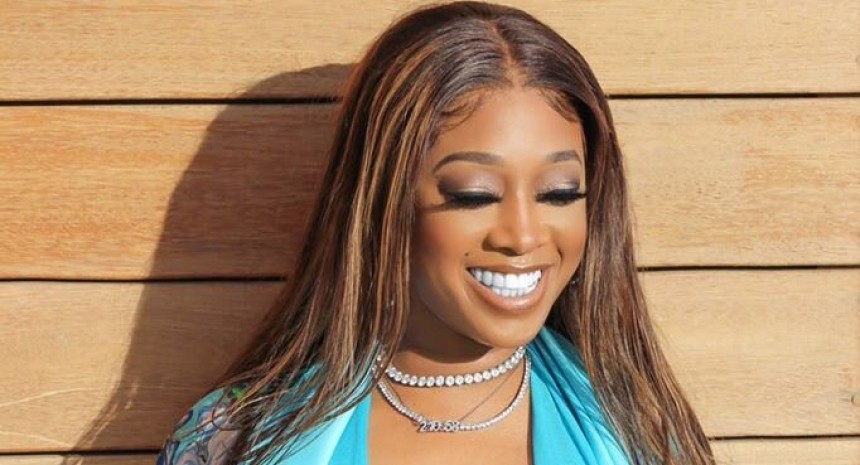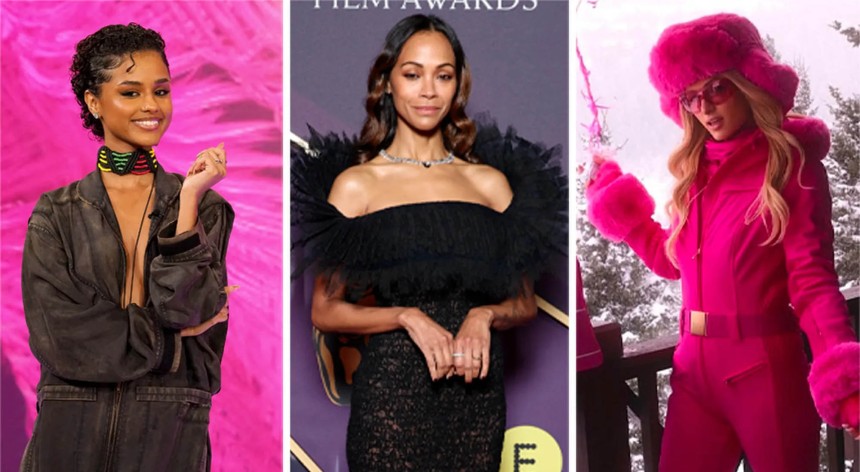
The Intersection of Fashion and Sustainability: A Vision for the Future
Sustainability in fashion is no longer a trend—it’s the future. With consumers becoming increasingly eco-conscious, the fashion industry is pivoting towards sustainable fashion practices. From using eco-friendly materials to embracing circular fashion, the industry's focus is shifting to reduce waste and minimize environmental impact. Here’s a look at how sustainable fashion is evolving and what it means for the future.
1. Eco-Friendly Materials: A Sustainable Fashion Revolution
The foundation of sustainable fashion begins with the materials used. Designers are increasingly opting for eco-friendly fabrics like organic cotton, bamboo, and recycled textiles. These materials not only reduce environmental damage but also offer durable alternatives to traditional fabrics. Leading brands like Stella McCartney and Patagonia are at the forefront of this movement, showing that sustainability doesn’t compromise style.
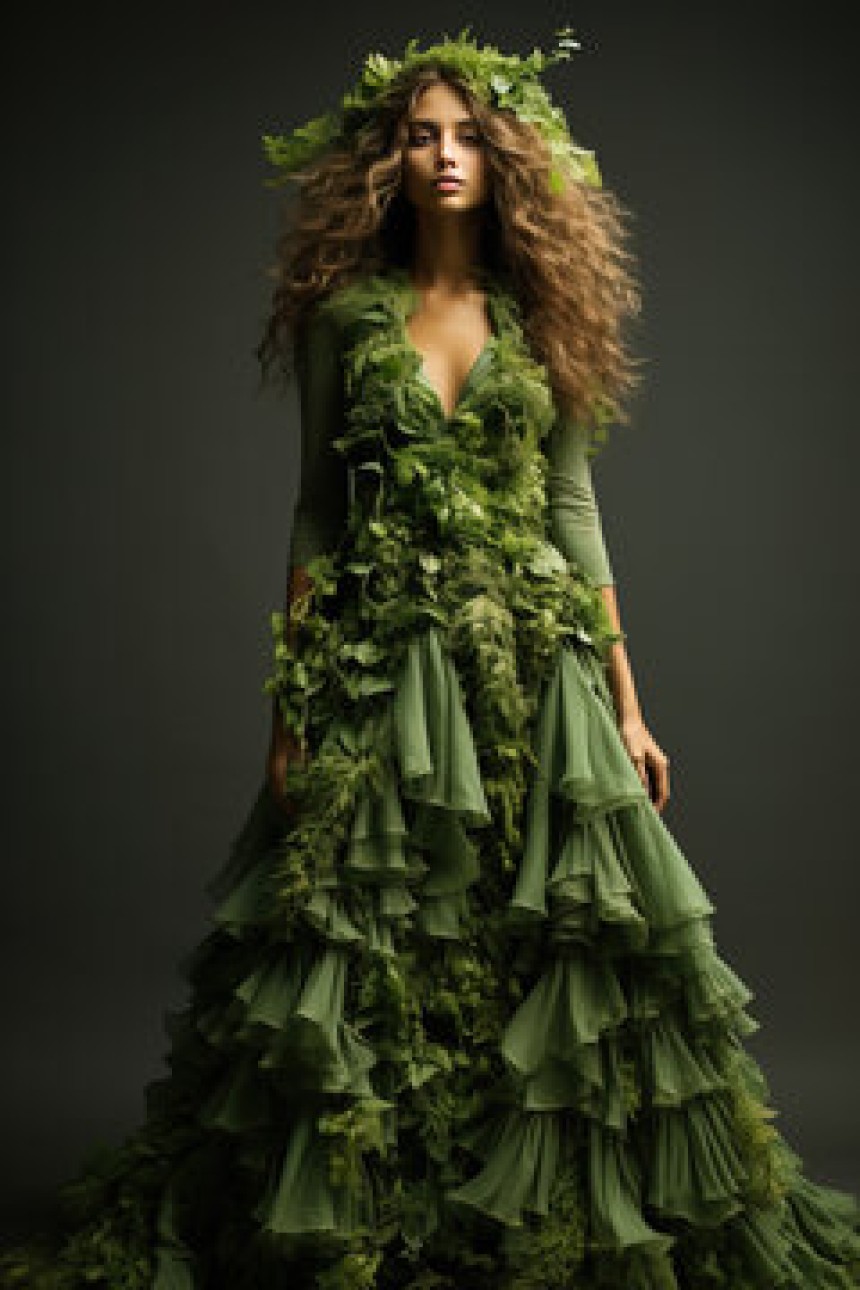
2. Circular Fashion: Redefining the Fashion Life Cycle
Circular fashion focuses on reusing and recycling garments rather than contributing to landfill waste. By designing clothing that can be repaired, reused, or recycled, brands are creating a more sustainable fashion ecosystem. Levi’s and The North Face are pioneering recycled clothing lines and take-back programs, reducing fashion’s carbon footprint and encouraging customers to recycle their old clothes.
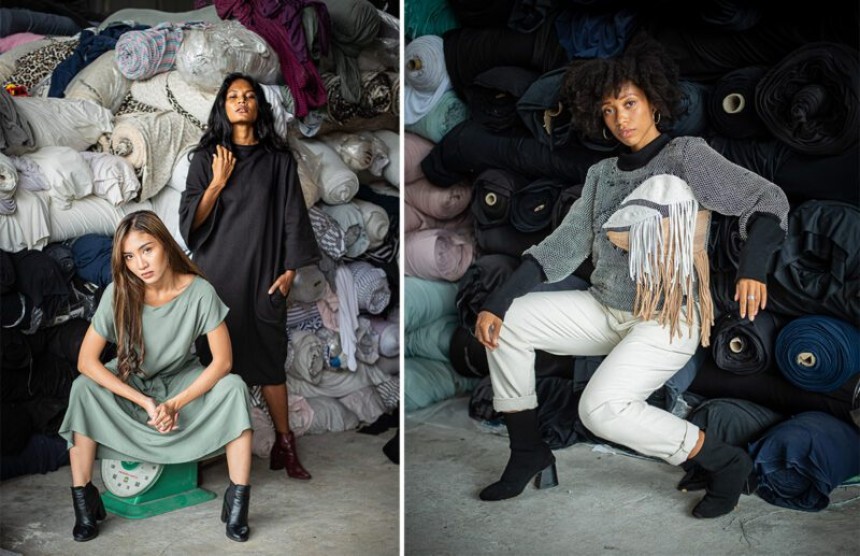
3. Ethical Fashion: Fairness and Sustainability Go Hand in Hand
Ethical fashion goes beyond eco-friendly materials to include fair labor practices and transparency in the supply chain. Brands like Reformation and Toms are committed to fair wages, safe working conditions, and ethical production. As consumers become more aware of the impact their purchases have on both people and the planet, ethical fashion is becoming a key factor in purchasing decisions.

4. Slow Fashion: Moving Away from Fast Fashion
Slow fashion is gaining momentum as an antidote to fast fashion. Unlike the fast fashion industry, which promotes cheap, disposable garments, slow fashion encourages high-quality, long-lasting pieces. By prioritizing longevity over trends, brands like Everlane and Patagonia offer durable, timeless clothing that contributes to a more sustainable wardrobe and reduces waste.
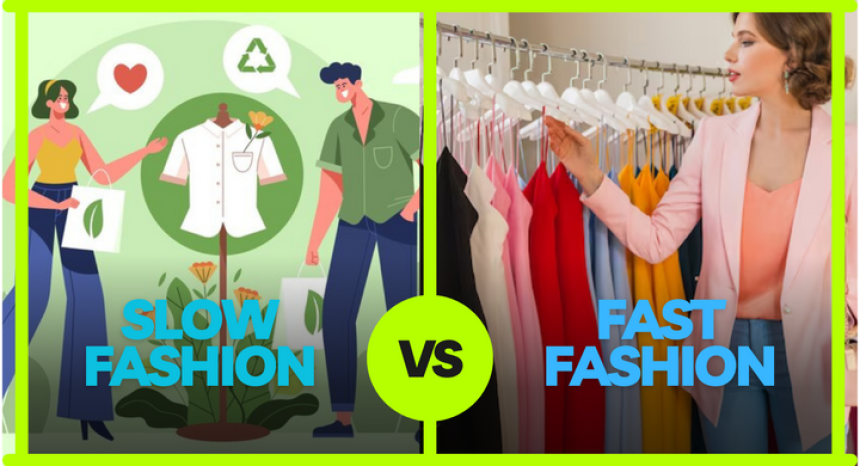
5. Technological Innovation in Sustainable Fashion
Innovations in technology are playing a crucial role in making fashion more sustainable. 3D printing, AI-driven designs, and biotech fabrics are transforming production processes. Bolt Threads and Modern Meadow are developing plant-based leathers and sustainable fabrics that don’t rely on harmful chemicals, offering a greener alternative to traditional materials.

6. Consumer Power: Driving Change in the Fashion Industry
Consumers are becoming more empowered in shaping the future of fashion. By opting for sustainable brands and making conscious purchasing decisions, they are driving demand for eco-friendly fashion. The growing influence of social media influencers advocating for sustainability has further amplified this shift, urging brands to become more transparent and responsible.

Conclusion: A Sustainable Fashion Future
The future of fashion is undeniably tied to sustainability. As brands and consumers adopt eco-friendly fashion, ethical practices, and circular models, the fashion industry is making strides toward reducing its environmental impact. The shift towards sustainability is not just a trend—it’s a necessary evolution to create a more responsible, eco-conscious industry. By supporting sustainable fashion brands and embracing the changes, consumers are helping to shape the future of fashion.

